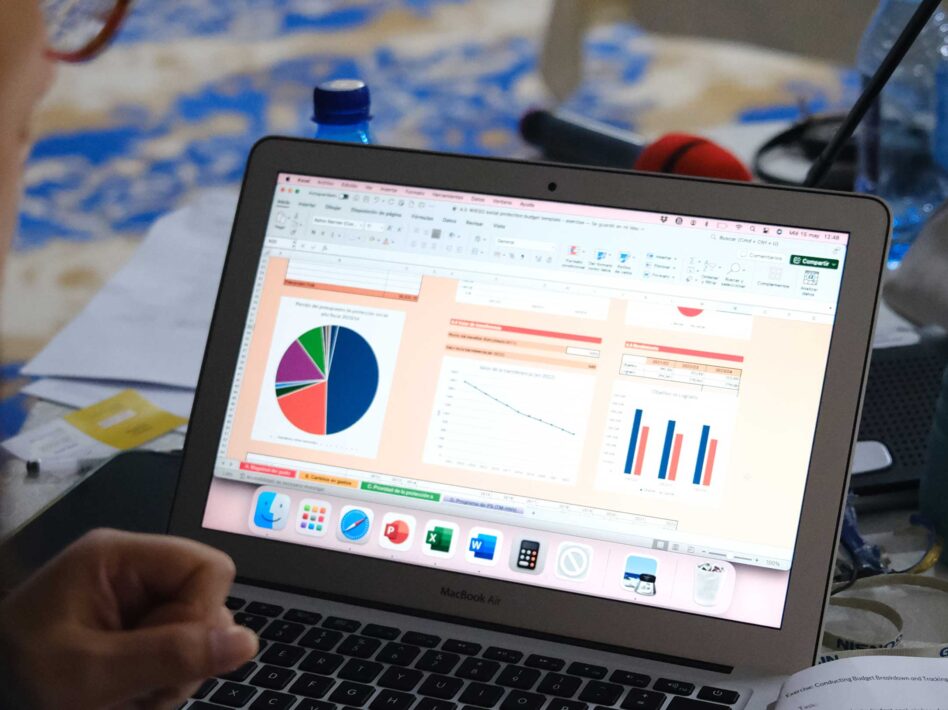Bringing Commodity Chain Analysis Back to its World Systems Roots: Rediscovering Women’s Work and Households
Abstract
Globally between 1980 and 2000, women’s economic activity rate expanded, narrowing the gender gap in labor force participation. Thus, females now account for one third or more of the “officially counted” personnel of export industries (UNICEF 2007), and export agriculture is now feminized (Deere 2005). Today women account for one third of the manufacturing labor force in developing countries, and females hold more than one half of the industrial jobs in Asia (Barrientos, Kabeer and Hossain 2004). In much of the global South, females account for a majority of the waged labor force in export agriculture, and they are more he avily concentrated than men in service jobs that provision the supply chains of global production. As a reflection of fewer opportunities for males, women are now less likely to withdraw from the labor force during their childbearing years. In addition, females account for a majority of the income earners in the informal sectors of a majority of global South countries, generate a significant proportion of global commodities through subcontracted work they complete in their households, and provide most of the unpaid family labor needed to support household based farms and businesses that are dominated by males (United Nations 2003).
View list of all: Journal Articles
Go to Publication(this link opens in new window)